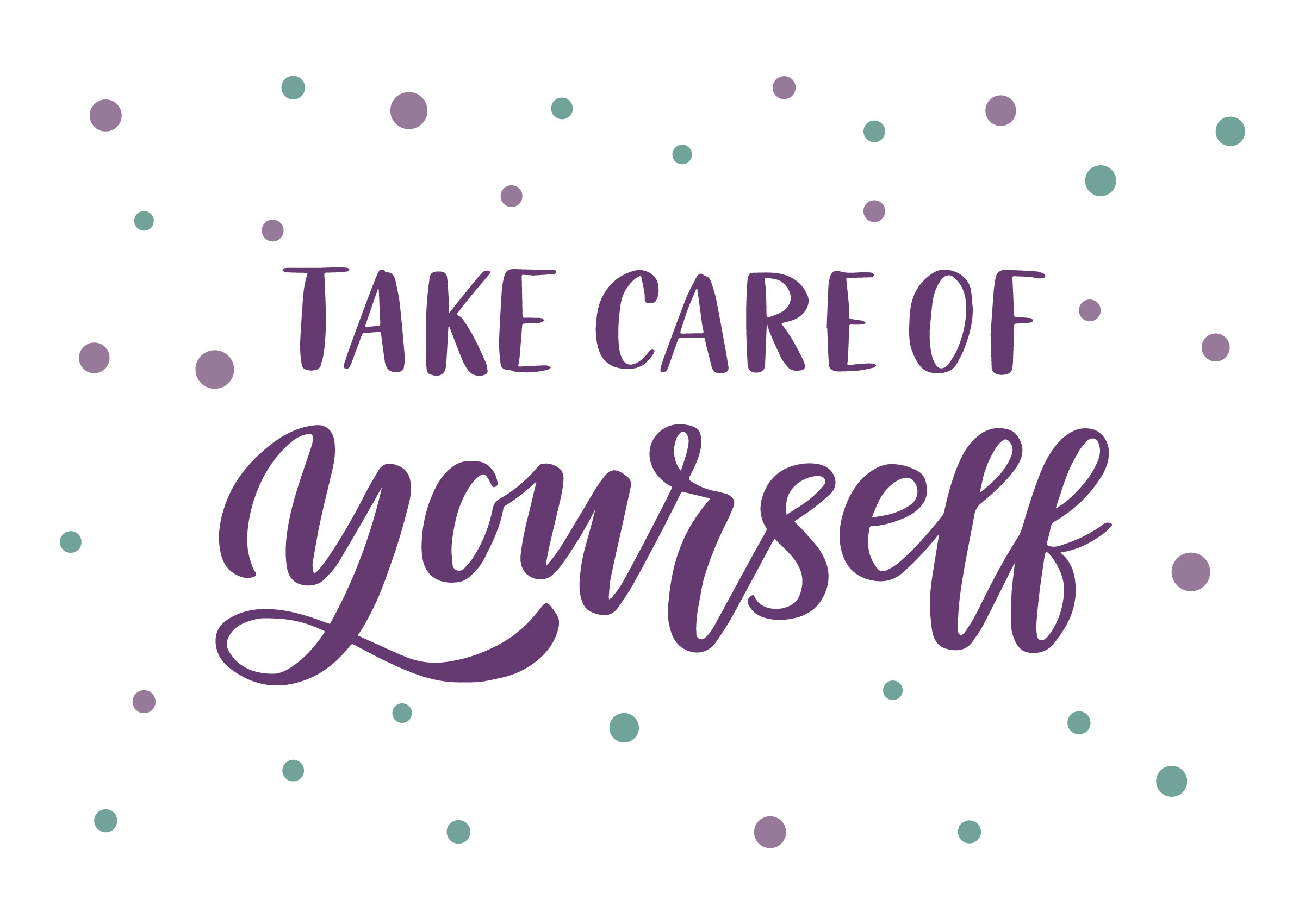Your district’s Behavioral Health and Prevention Services (BHPS) team is often responsible for helping students through some of the most difficult situations of their young lives. Substance abuse, suicidal ideation, threat assessments, violence, and family discord are often part of a day’s work. As such, our team of Student Assistance Professionals at the NWESD have hard-earned experience utilizing coping strategies and real-world self-care with their students as well as themselves.
Recently, I was able to catch up with the NWESD BHPS team; they shared that the past 15 months have highlighted emotional support and self-care in a way no other event has in our lifetime. As we begin the shift back to pre-pandemic norms – or something closer to that, we realize these are lessons we can’t afford to unlearn, for ourselves or our students. The BHPS team has outlined below some best practices and resources that can help you and your students navigate the coming months and next school year.
Solution-Focused Self-Care
When people experience anxiety, depression, or other challenges to their sense of emotional well-being it is beneficial to discuss how they have typically coped with challenges. Helping them identify the healthy strategies they have used to deal with adversity in the past, who in their life has modeled positive coping strategies, is a great first step. It is most effective to use solution-focused and strength-based approaches and language, such as, When is a time in your life that you have used a coping strategy and it has worked well for you, even a little? What will you be doing that will show people you are doing better? What would the next sign of progress be? By focusing on strengths, building confidence, and visualizing progress we can help people better navigate difficult situations.
The Three M’s
With the challenges regarding equity and availability of mental health services, how do we provide a framework that makes self-care accessible to everyone? An option for students and staff alike is the concept of the “Three M’s” to start each day: Movement, Mindfulness, and Mood-boosting. Movement is simple: anything that is done intentionally, to get your body moving (rolling up and out of bed doesn’t count)- stretching, a little dance to your favorite music, or a walk. Mindfulness can be anything from a quick (or long) breathing exercise, to looking out the window and focusing on nature; if it is something to quiet your mind for the day, it can be effective. And finally, Mood-boosting: Something to get your mood to a good place, such as writing a gratitude list, watching funny videos, or chatting with a partner or friend. These ‘Three M’ activities are extremely adaptable to circumstances. When put together, these tools are highly effective in setting us up to have a good day and can regulate our nervous system over time to bring us to a calmer state of being.
When it comes to coping, there are healthier and less healthy strategies. While it is natural to gravitate toward quick fixes, these can sometimes be less than ideal. Healthy coping strategies help us feel better while also protecting us against negative outcomes. Some examples of healthy coping strategies include: asking for support, meditation and breathing exercises, practicing mindfulness, art, music, eating healthy foods, letting yourself experience feelings, and setting good boundaries. Here are some resources to add to your toolbox of healthy coping strategies and find what works best for you!



